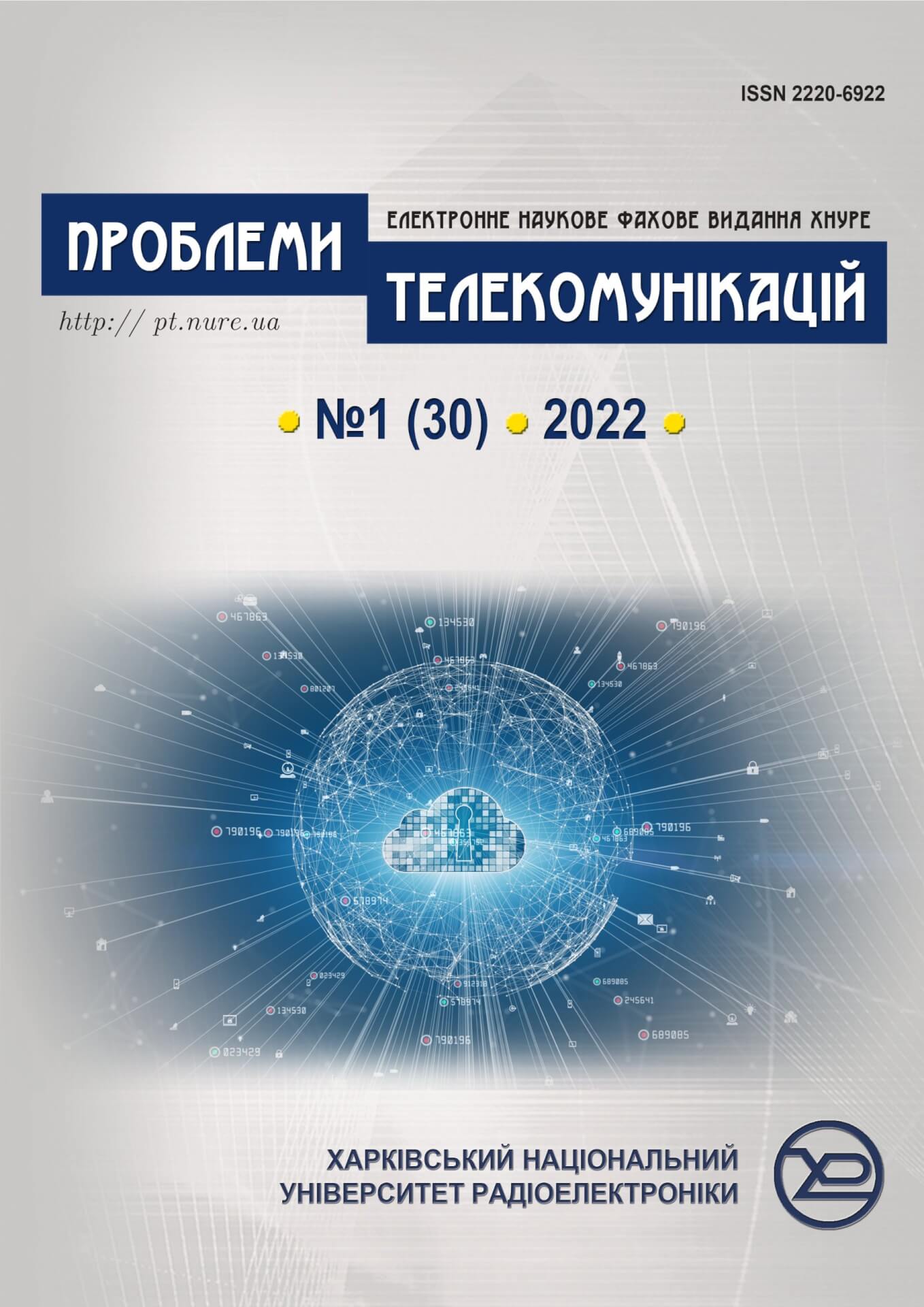The method of setting up and controlling the operation modes of optical-electronic stations wireless sensor network using LoRa technology
DOI:
https://doi.org/10.30837/pt.2022.1.03Abstract
A method of managing a wireless sensor network of optical-electronic stations (OES) using LoRa technology is developed. Within the framework of the system of optic-electronic stations, two subnets are functioning: the video stream transmission network and the control network, which is the subject of this work. The main requirements for the control network were the following: the ability to ensure performance in radio-electronic suppression conditions, the provision of high-range radio communication, the ability to operate in conditions of dense urban development, the network energy efficiency, and the high stealth level. Technologies available on the market for building sensor networks were analyzed. LoRa technology was chosen for these purposes considering the established requirements for the network. The current network layout was created based on EBYTE E32-433T20DT LoRa radio modules. The basis of the developed method is two classes of commands for configuring the network of optical-electronic stations. The first class of commands is network management commands, operations to add and remove devices from the general routing table. The second class of commands controls communication modules and microcontrollers, changing their configuration parameters. The OES network’s control algorithms were developed based on these commands. Created commands and algorithms helped significantly facilitate and speed up the operator’s initialization and network configuration process and are already used in the current layout of the optical-electronic station system.
Downloads
Published
Issue
Section
License

This work is licensed under a Creative Commons Attribution-NonCommercial-ShareAlike 4.0 International License.
Authors who publish with this journal agree to the following terms:- Authors retain copyright and grant the journal right of first publication with the work simultaneously licensed under a Creative Commons Attribution License that allows others to share the work with an acknowledgment of the work's authorship and initial publication in this journal.
- Authors are able to enter into separate, additional contractual arrangements for the non-exclusive distribution of the journal's published version of the work (e.g., post it to an institutional repository or publish it in a book), with an acknowledgment of its initial publication in this journal.
- Authors are permitted and encouraged to post their work online (e.g., in institutional repositories or on their website) prior to and during the submission process, as it can lead to productive exchanges, as well as earlier and greater citation of published work (See The Effect of Open Access).

